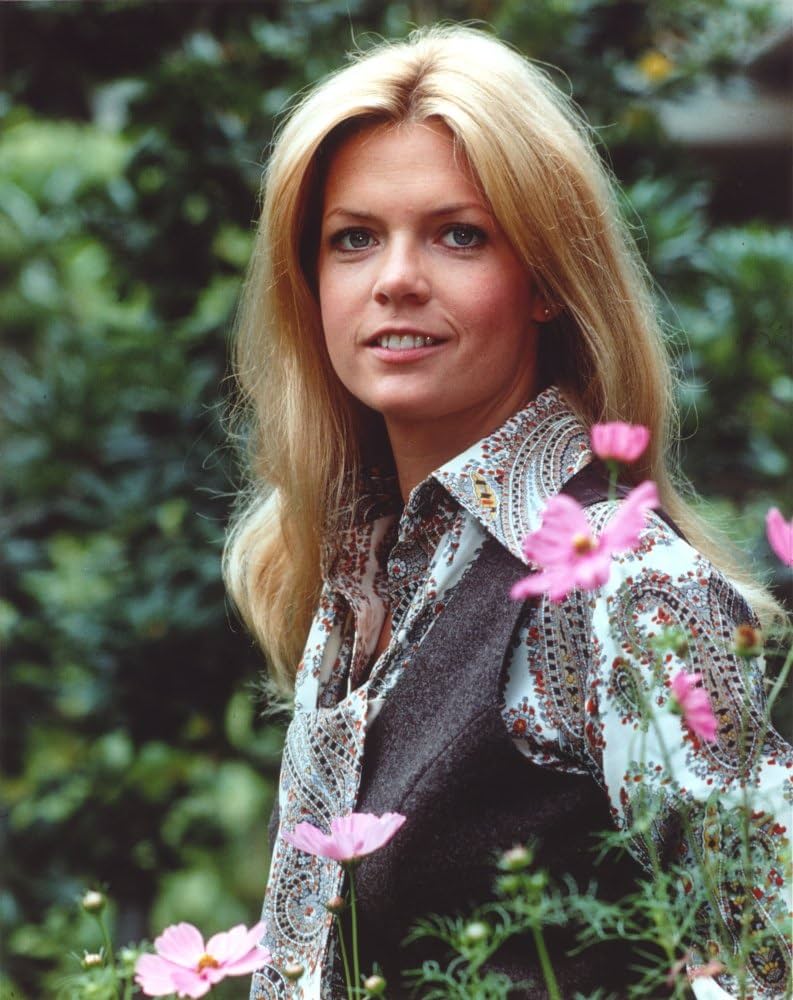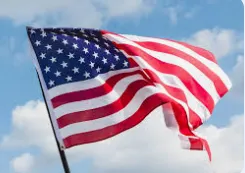She wasn’t meant to wear the halo—until she redefined what it meant to be an Angel.
When Farrah Fawcett announced she was leaving Charlie’s Angels after just one season in 1977, the television world was stunned. Her face was everywhere: on magazine covers, TV commercials, and, most famously, on the poster that sold over 12 million copies and became a pop-culture touchstone of the decade. Farrah wasn’t just one of the Angels—she
was the Angel. Audiences were hooked on her California-girl glow, her athletic charisma, and the way she seemed to embody the spirit of the show. Losing her felt like losing the essence of the phenomenon. Many critics predicted the show would crumble without her.
-1755662329-q80.webp)
And then came Cheryl Ladd.
At first, even before her debut, skepticism was sky-high. How could anyone possibly replace Farrah Fawcett? The producers knew they couldn’t just swap one blonde bombshell for another and expect fans to go along quietly. Instead, they crafted a smart solution: Cheryl wouldn’t step into Jill Munroe’s shoes. She would create her own space as Kris Munroe—Jill’s younger sister. The decision was subtle, but it was genius. By presenting her as family, the show built continuity while allowing Cheryl to establish her own identity.
Even so, the pressure was enormous. Fans were protective of Farrah, and critics sharpened their knives. But Cheryl Ladd walked into that challenge with a disarming charm and quiet confidence. She wasn’t trying to be Farrah. She wasn’t trying to recreate the magic that came before. Instead, she leaned into who she was—playful, approachable, and relatable in a way that felt different but complementary. In a few short episodes, her Kris Munroe went from “the replacement” to a character viewers wanted to root for.

What set Cheryl apart was her ability to balance glamour with humanity. On the surface, she was every bit the Angel—stylish, witty, and stunningly photogenic. But she brought to the role a warmth and sincerity that made Kris feel real. She was the kind of character who could crack a joke in the middle of danger, who could be underestimated by villains only to outsmart them in the final act. Cheryl had a sparkle that made her fun to watch, and audiences quickly softened to her.
The impact was immediate. Ratings didn’t just hold steady—they grew. Cheryl Ladd proved she wasn’t a placeholder. She was an engine of the show’s success. Over the next four seasons, she became an indispensable part of the Angels’ trio, often described as the glue that held the series together after its turbulent first year. For many fans, it was Cheryl who made
Charlie’s Angels feel less like a fad and more like a television staple of the late ’70s.

Beyond her character, Cheryl herself became a cultural figure. Magazine spreads, TV appearances, and fan clubs all celebrated her as the “new Angel,” but she wasn’t simply filling a gap. She was carving her own lane. Her Kris Munroe had a mix of sweetness and grit, a balance that reflected the evolving tastes of the audience. In a decade when TV heroines were often reduced to either eye candy or caricatures, Cheryl brought complexity. She was glamorous, yes, but she was also approachable, with an energy that felt down-to-earth. Viewers saw her not just as an icon, but as someone who could be their friend, their sister, their confidante.

By the time Cheryl left the series in 1981, she had become as synonymous with Charlie’s Angels as Farrah herself. The irony is that while Farrah’s one-season run made her a legend, it was Cheryl’s four-season tenure that gave the show staying power. Together, the two actresses represented different sides of the Angels’ legacy: Farrah as the spark that set it all off, and Cheryl as the steady flame that kept it burning.

Looking back today, Charlie’s Angels exists as both a nostalgic time capsule and a lasting cultural reference point. When fans reminisce, Farrah’s iconic poster still dominates the conversation, yet many admit that it was Cheryl Ladd’s Kris Munroe who became the Angel they remembered watching week after week. She embodied the fun, the charm, and the heart that made the series thrive beyond its initial hype.
In a way, Cheryl’s story mirrors that of Kris Munroe. She wasn’t supposed to be the star. She wasn’t the obvious choice. She entered under the shadow of a giant. But by being herself—warm, witty, and fearless—she turned skepticism into loyalty and pressure into triumph. She didn’t just keep the Angels flying; she made sure they soared.

Cheryl Ladd may have stepped onto the scene as Farrah Fawcett’s “replacement,” but by the end, she was much more than that. She was the Angel who saved the show, the one who proved that television legends aren’t only born—they can be made, with grace, perseverance, and a little bit of sparkle. And in the long history of
Charlie’s Angels, Kris Munroe stands as proof that sometimes the unexpected Angel is the one who becomes unforgettable.





